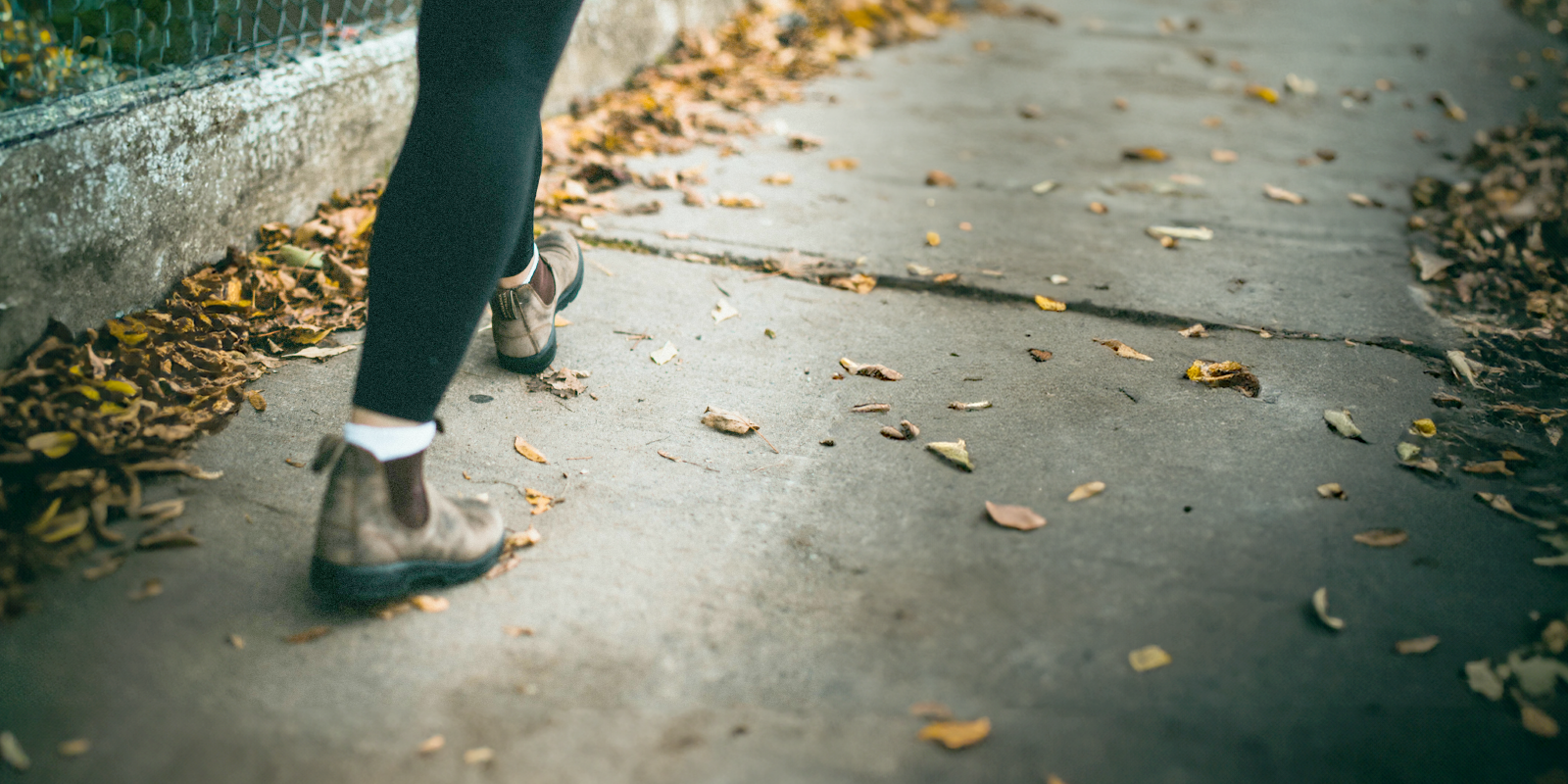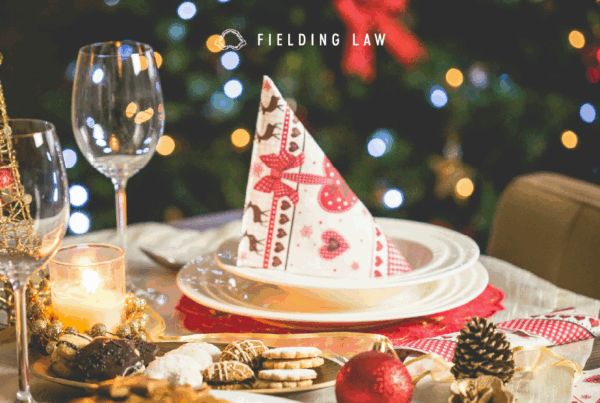As the crisp air of fall sets in, the vibrant colors and seasonal activities create a sense of warmth and coziness. However, this picturesque season can also increase the risk of autumn slip and fall hazards. From slippery leaves to early frost, it is important to be aware of these dangers to stay safe. Here are six common fall hazards and how to avoid them.
1. Wet Leaves
Fallen leaves may be beautiful, but they can also be treacherous. When wet from rain or morning dew, leaves can become as slippery as ice, creating hazardous conditions on walkways, driveways, and sidewalks. The combination of wet leaves and uneven surfaces makes autumn slip and fall hazards more likely during this time of year.
How to Avoid It: Regularly clear leaves from walkways and driveways, especially after rain. Consider wearing shoes with non-slip soles for better traction when walking on leaf-covered surfaces.
2. Frosty Mornings
As temperatures drop, frost can form on sidewalks, driveways, and stairs overnight. This thin layer of ice is often difficult to see, making it a hidden hazard for early morning walkers and commuters. Even a small patch of frost can cause a serious fall if you are not careful.
How to Avoid It: Spread salt or sand on frosty areas in the morning to reduce slipperiness. Walk slowly and take short steps on potentially icy surfaces to maintain your balance.
3. Shorter Daylight Hours
With the days growing shorter, many people find themselves navigating outdoor areas in dim light during early mornings or late afternoons. Poor visibility can make it difficult to spot hazards like wet leaves, ice, or uneven pavement, increasing the risk of a slip and fall accident.
How to Avoid It: Ensure outdoor areas are well-lit by installing motion-sensor lights or additional lighting along walkways and driveways. Always carry a flashlight when walking in poorly lit areas.
4. Uneven Pavement
The changing weather can cause cracks and uneven surfaces on pavement, particularly in areas where moisture seeps into small cracks and then freezes. These changes may not always be obvious but can pose a significant risk for tripping and falling.
How to Avoid It: Pay attention to where you are walking, and avoid areas with obvious cracks or uneven surfaces. If you notice uneven pavement in public areas, report it to local authorities or property managers so it can be addressed.
5. Wet and Muddy Entrances
Autumn rain can create muddy patches near building entrances, making floors inside slippery and dangerous. Wet shoes tracking mud and moisture inside can turn a smooth surface into a hazard in an instant.
How to Avoid It: Place floor mats at entrances to catch moisture and mud. Encourage people to wipe their feet thoroughly before entering, and regularly clean mats and floors to keep them dry.
6. Cluttered Walkways
As leaves fall and outdoor activities shift, walkways can quickly become cluttered with decorations, outdoor furniture, and other seasonal items. These obstacles can create tripping hazards, especially if they are not clearly visible or properly arranged.
How to Avoid It: Keep walkways clear of obstacles, especially during peak leaf-falling periods. Store seasonal decorations and outdoor furniture safely away from foot traffic areas to prevent tripping.
Why Hire Fielding Law
At Fielding Law, we prioritize your well-being and are committed to providing empathetic, professional legal representation. If you have been injured in a slip and fall accident this fall, do not navigate the legal process alone. Contact Fielding Law today at 833.88.SHARK to discuss your case. Our team is ready to stand by your side, ensuring that your rights are protected every step of the way. Let us help you get back on your feet.
Note: Information provided is for educational purposes and does not constitute legal advice. Always consult with a qualified attorney for legal concerns.





